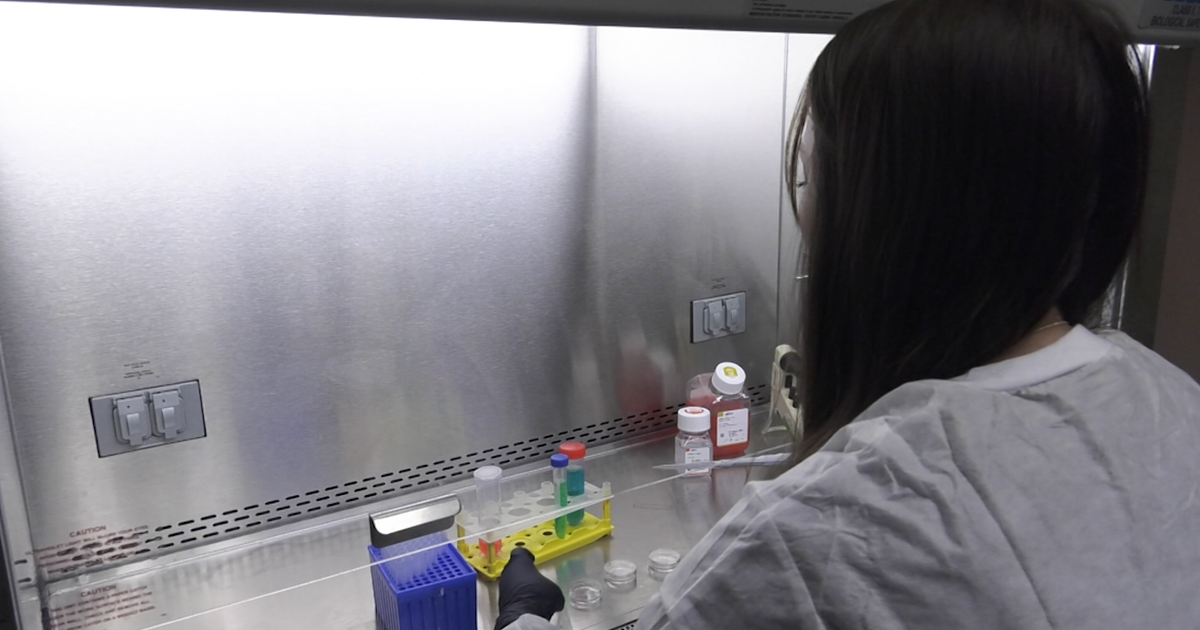Athens, GA
With more than four trillion dollars spent each year on health care in the US, finding new and innovative ways of treating debilitating diseases has become a priority within the medical community. That’s certainly the case here at the University of Georgia, where their Regenerative Science Center is hard at work on one of the main culprits.
“Currently, we’re working on a major stroke project where we’re looking at nuero stem cells to see how they can turn into neurons and astrocytes and integrate into damaged brain tissue, hoping to reverse stroke injury,” says Franklin West, UGA Professor.
This would be a huge breakthrough in the medical community, where this condition has touched nearly everyone’s lives in some way.
“There’s fifteen million people worldwide that have a stroke every year. Hundreds of thousands of people are significantly affected in the US. So, we have the ability to take things from the bench we believe to the bedside with the technology we’re developing here and have developed here at the University of Georgia,” says Steve Stice, Director of UGA’s Regenerative Bioscience Center.
In order to get the most accurate information, this study uses pigs as their models, which will hopefully increase the likelihood of success, considering they share many characteristics with humans.
“There’s been over seven hundred human clinical trials that have led to limited number of FDA approved treatments. And these have all been based on rodent models. And so, the field generally believes that we need to improve our testing regiment. And so, pigs actually are one of the best models because they have similar anatomy and physiology to humans,” says West.
While many treatments now focus on just minimizing long term damage, this project is unique in that it hopes to actually cure it.
“The therapies that are being worked on, many of them just limit the damage that occurs from stroke. What the stem cell therapy does, it has the potential to actually reverse stroke damage. So, it replaces those lost brain tissues like neurons and astrocytes. And so, it’s not just limiting damage. It’s actually reversing it,” says West.
According to West, so far, the results have been very promising.
“These nanoparticles actually create a microenvironment that’s actually more conducive for stem cell engraphment. And so, we’re seeing higher levels of engraphment which has led to what we believe is improved recovery in our animal models. And so, we’re really encouraged by the direction and hoping that it will take off,” says West.
As for when we might see this kind stem cell treatment used in hospitals, it might not be as far off as you think.
“This is really paving the way for our clinical trials. And right now, in collaboration with a company called Aruna Bio, we are collaborating with them to file what we call an investigative new drug application with the FDA. And we’ll file that in the next couple of months, hopefully we’ll start treating patients that have had strokes by the end of the year,” says West.

